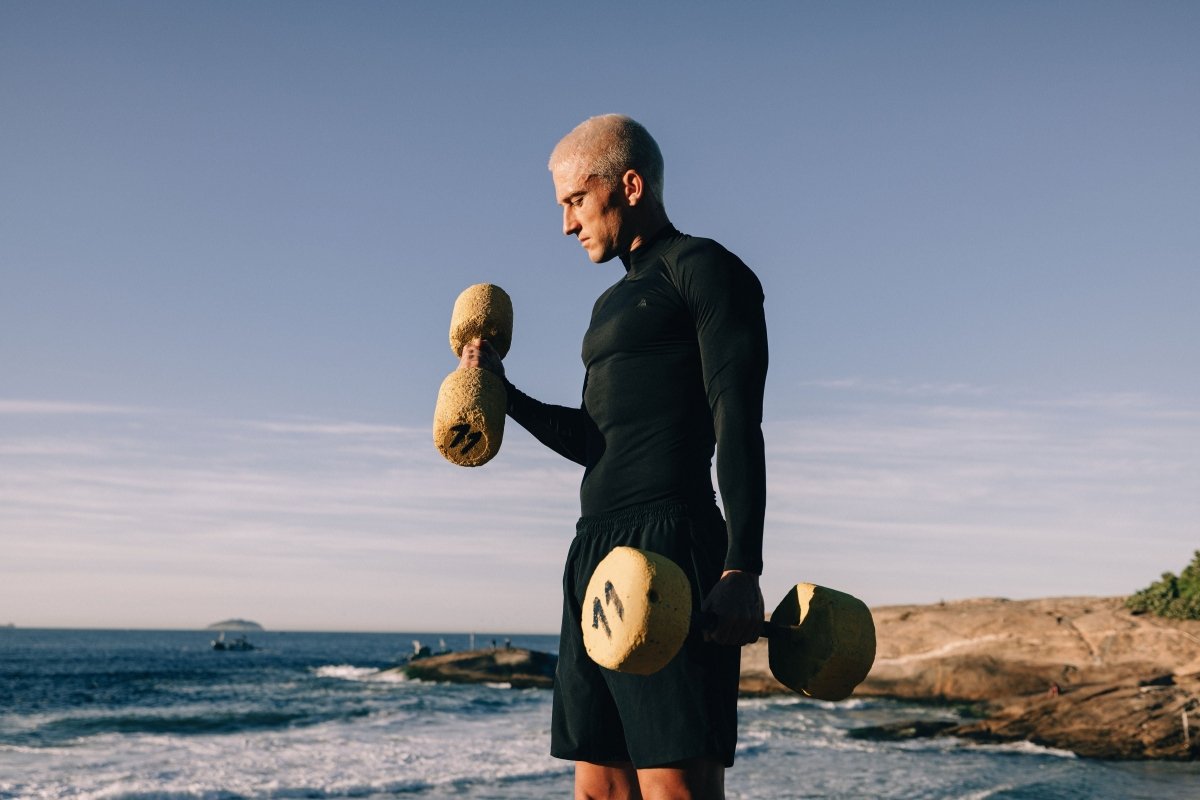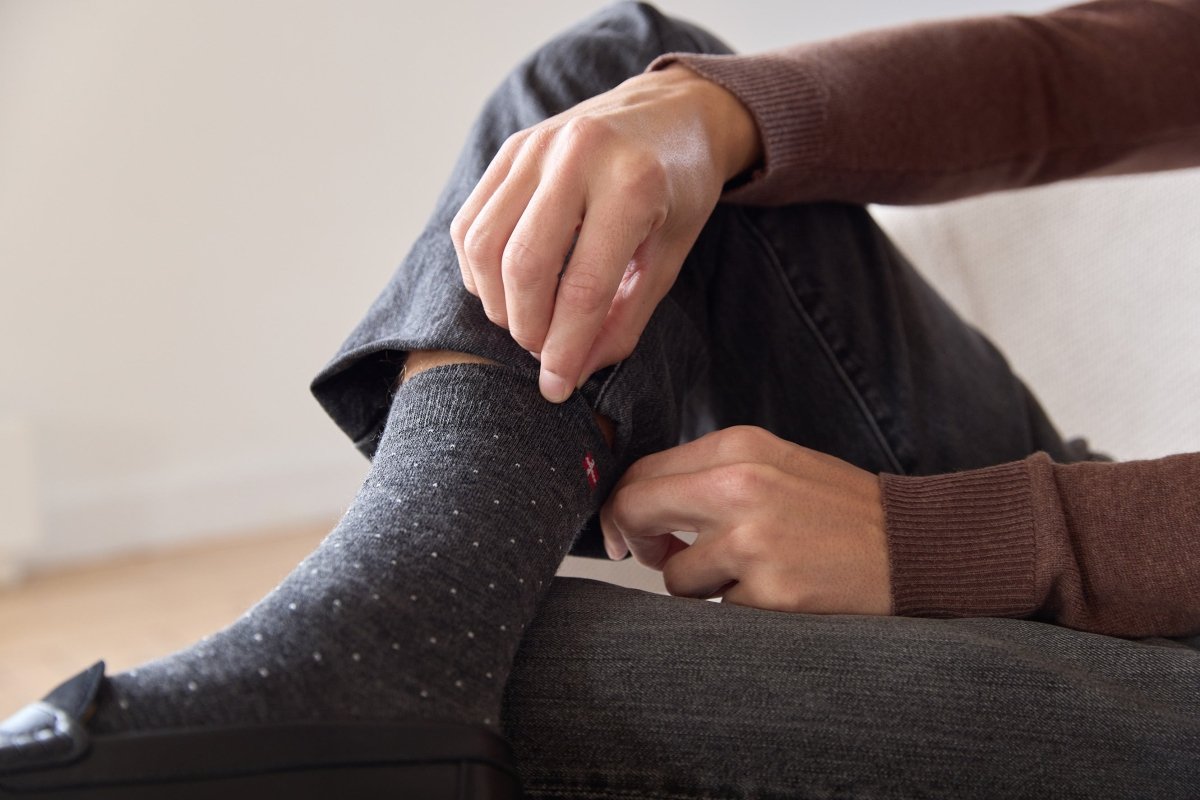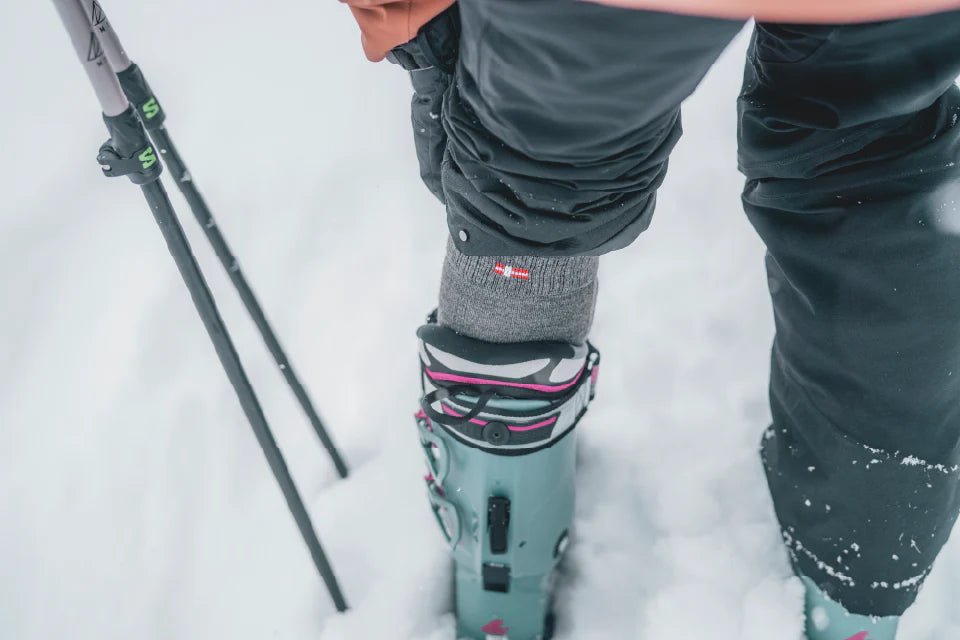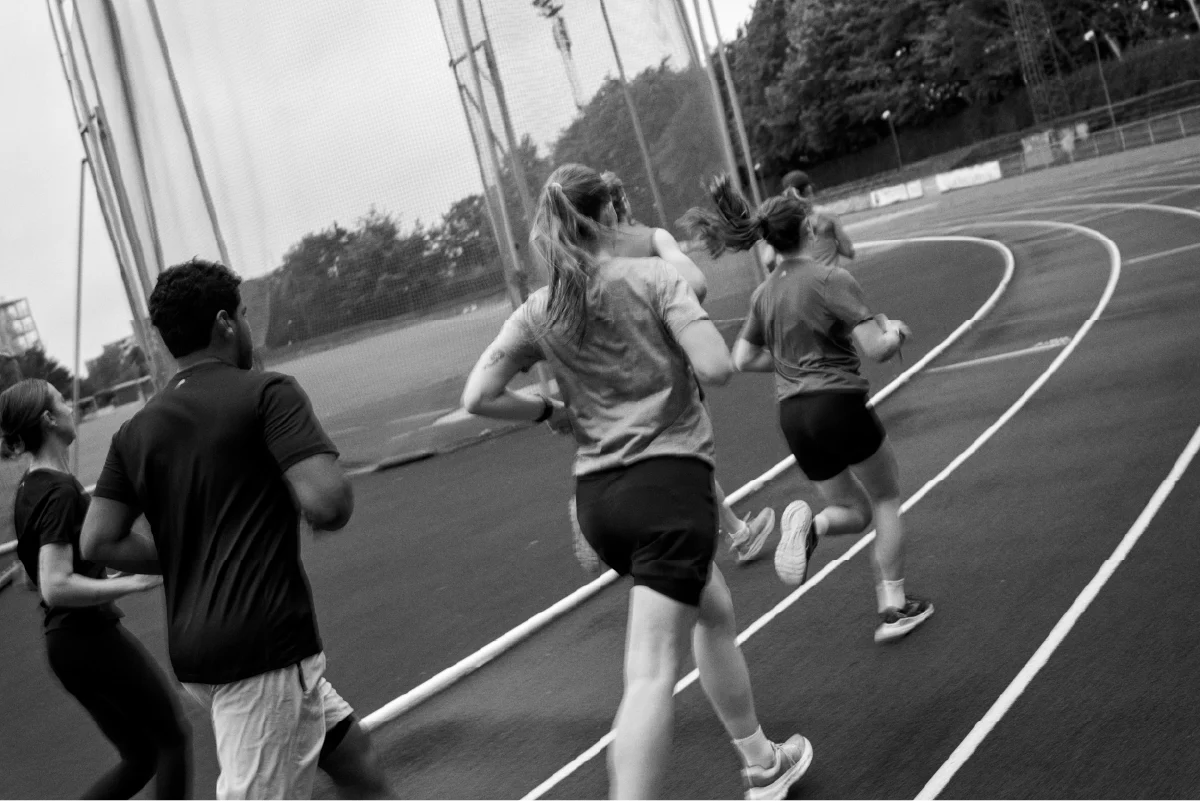As an athlete or fitness enthusiast, you understand the importance of wearing appropriate sports gear during your workouts or training sessions. Whether it's your running shoes, compression tights, or moisture-wicking shirts, investing in high-quality sports wear is crucial for performance, comfort, and injury prevention. However, have you ever wondered how often you should replace your sports wear? In this blog post, we will delve into this topic and provide you with some valuable insights to help you make informed decisions about when to update your athletic wardrobe.
CONSIDER THE MATERIAL
The lifespan of sports wear depends on various factors, with one of the most significant being the material used. Different fabrics have different durability levels and may show signs of wear and tear at varying rates. Synthetic materials like polyester and nylon are commonly used in sports apparel due to their breathability, moisture-wicking properties, and stretchability. These fabrics tend to be more durable and can withstand rigorous use for a longer time. On the other hand, natural fibers like cotton are less resilient and may deteriorate faster, especially during intense workouts.
FREQUENCY OF USE AND NUMBER OF USES
The frequency of use and the number of uses play a significant role in determining how often you should replace your sports wear. If you're a professional athlete or engage in intense physical activities daily, your sports gear will experience more wear and tear compared to someone who exercises occasionally. High-impact activities such as running or contact sports put additional stress on your clothing and accessories, potentially shortening their lifespan.
As a general guideline, consider the following average number of uses for specific sports wear items:
- Sports Bras: Replace your sports bras every 6-12 months or after approximately 75-100 uses. The elastic bands can lose their stretch and support over time, impacting their effectiveness.
- Running Shoes: Replace running shoes every 300-500 miles (480-800 kilometers) or every 6-12 months, depending on factors like body weight, running style, and the terrain you typically run on. The midsole cushioning and outsole tread wear down with use, leading to reduced shock absorption and stability.
- Compression Garments: Compression tights, sleeves, or socks can generally last for 1-2 years or 150-200 uses. The compression level may diminish over time, affecting their ability to improve blood circulation and muscle support.
- Moisture-Wicking Shirts: Moisture-wicking shirts typically have a lifespan of 1-2 years or 100-150 uses, depending on the fabric and frequency of use. Look for signs of fabric thinning, pilling, or loss of moisture-wicking properties.
SIGNS OF WEAR AND TEAR
Instead of relying solely on the number of uses, it's important to pay attention to the signs of wear and tear in your sports wear. Even if you haven't reached the average number of uses mentioned earlier, certain indicators may suggest that it's time for a replacement. Keep an eye out for the following signs:
- Fading or Discoloration: Over time, exposure to sweat, sunlight, and washing can cause colors to fade or become uneven. Not only does this affect the aesthetic appeal of your sports wear, but it can also indicate that the fabric is degrading.
-
Loss of Elasticity: Sports wear items such as compression garments or those with elastic waistbands rely on their elasticity for a snug fit. If you notice sagging, stretching, or a lack of support, it may be a clear sign that it's time for a replacement.
-
Fabric Thinning or Pilling: Frequent washing, friction from exercise equipment, and rubbing against other surfaces can cause the fabric to thin or develop small pills (tiny fabric balls). This compromises the integrity of the material, reducing its effectiveness and potentially leading to discomfort or irritation during workouts.
- Odor Retention: Despite regular washing, if your sports wear retains an unpleasant odor even after cleaning, it could be an indication of bacterial growth or material breakdown. Moisture-wicking properties can also diminish over time, resulting in less effective sweat absorption and an increased chance of discomfort.
- . Visible Wear: Inspect your sports wear for any visible signs of wear, such as frayed seams, loose threads, or holes. These can compromise the garment's functionality, impact its durability, and potentially lead to further damage.
It's important to note that these signs can vary depending on the type of sports wear, fabric, and individual usage patterns. Regularly inspecting your gear and addressing any noticeable signs of wear will help you maintain optimal performance, comfort, and safety.
THE BOTTOM LINE
Knowing when to replace your sports wear is essential for maintaining comfort, performance, and injury prevention. While the number of uses can provide a general guideline, paying attention to the signs of wear and tear is equally important. By considering factors such as material, frequency of use, number of uses, and signs of deterioration, you can make informed decisions about when to update your athletic wardrobe. Remember, investing in high-quality sports gear not only enhances your athletic performance but also ensures your safety and well-being. Stay vigilant, replace items when necessary, and enjoy your workouts with confidence!







6 REASONS COPENHAGEN SHOULD BE YOUR NEXT VISIT: DISCOVER THE MAGIC AND SUSTAINABILITY
PREPARING FOR SUMMER RUNS: TIPS AND STRATEGIES AHEAD OF GLOBAL RUNNING DAY